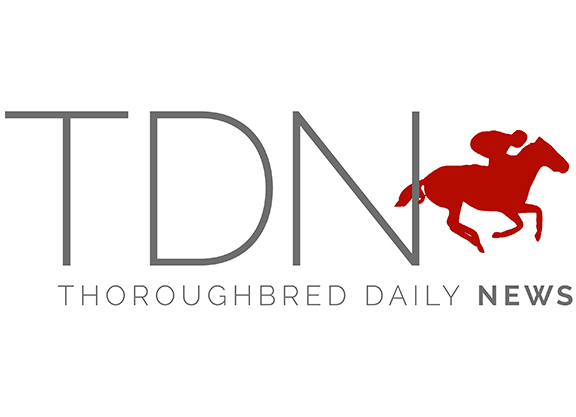As part of my Master's thesis at the University of Kentucky, I am conducting a survey of female equestrian health outcomes, with an emphasis on breast biomechanics. My dissatisfaction with bras lacking sufficient support for a sitting trot led to my collaboration with researchers in the United Kingdom who are studying breast biomechanics of the female equestrian. Because the TDN reaches a large number of females, I have asked for assistance in reaching female readers (minimum age of 18) who ride, whether casually, ponying, or galloping horses. I am hoping that a minimum of 100 (but hopefully 1,000) women will complete the survey.
To provide some context, I, along with Kimberly Tumlin, Ph.D., UK College of Public Health, am collaborating with Jenny Burbage, Ph.D., Department of Sport & Exercise Science, University of Portsmouth, Portsmouth, UK; and Lorna Cameron, Faculty of Equine & Applied Animal Science, Sparsholt College, Winchester, UK, on breast health and breast biomechanics. We are all interested in how breast discomfort/pain and ill-fitting, poorly performing bras limit desire to ride. In “An investigation into prevalence and impact of breast pain, bra issues and breast size of female horse riders,” (Journal of Sports Sciences, 2016), Burbage and Cameron surveyed 1324 women to determine some of the impacts that breast size and breast discomfort have on riding. Their survey showed that 40% of women suffer from breast pain, most frequently at the sitting trot, and that this pain can be a deterrent for riding participation. Their survey highlights some of the issues of breast discomfort during riding and educational steps regarding bra design and bra fit that are needed.
I adapted Burbage's and Cameron's survey to include more general health questions to determine female equestrian health issues and outcomes over life stages. As we all know female (and male) equestrians can start riding early in life and can ride well into their 70s+, which is unusual in sport, and while much research has been devoted to the equestrian athlete, less has been conducted on the human partner. I am particularly interested in physical issues (excluding concussion and bone breakage, which are covered elsewhere in the literature) that can limit riding, as well as the public health aspect of building an educational program to help mitigate breast discomfort and other health factors that can keep women out of the saddle.
The survey “Attitudes, behaviors, and areas of educational opportunity for female equestrians toward bra use and health outcomes when engaged in equestrian sports” can be accessed at https://uky.az1.qualtrics.com/SE/?SID=SV_dm9h9FjQc0RUHKB. The survey will be available to respondents until Mar. 19, 2017.
My thanks to the TDN for its help in sharing this survey and, of course, to all of the female riders who complete the survey.
Sincerely, Karin Pekarchik
Not a subscriber? Click here to sign up for the daily PDF or alerts.






